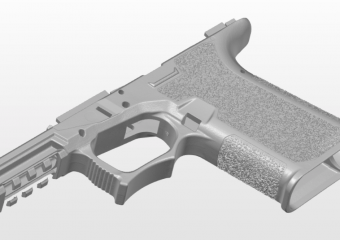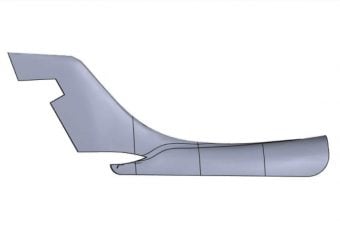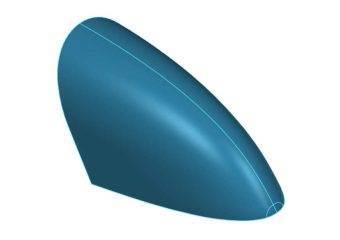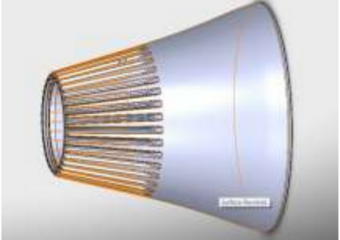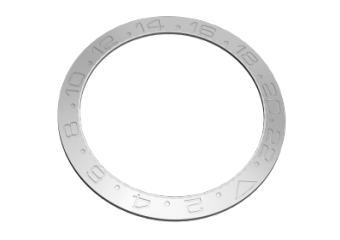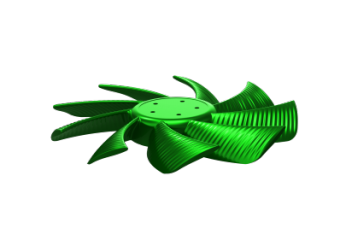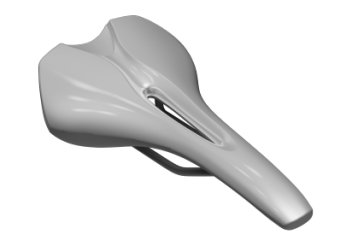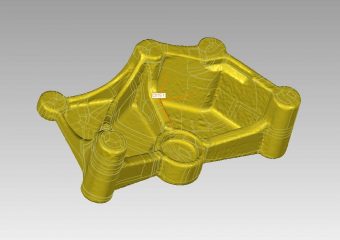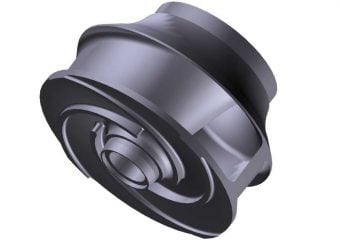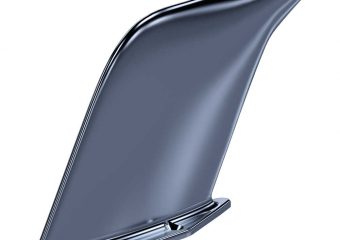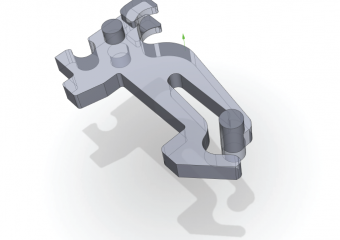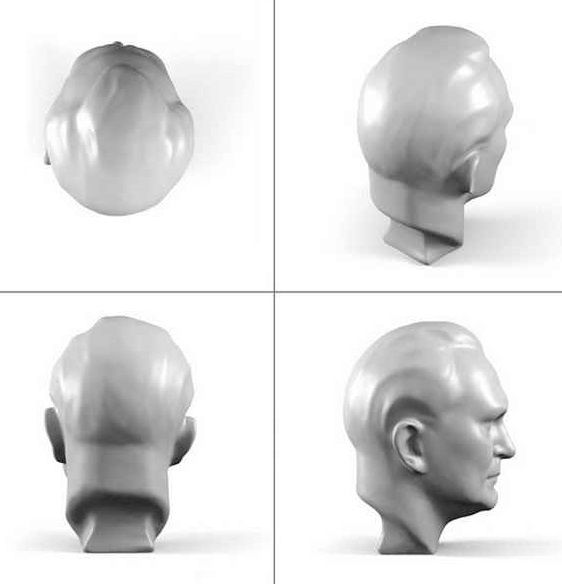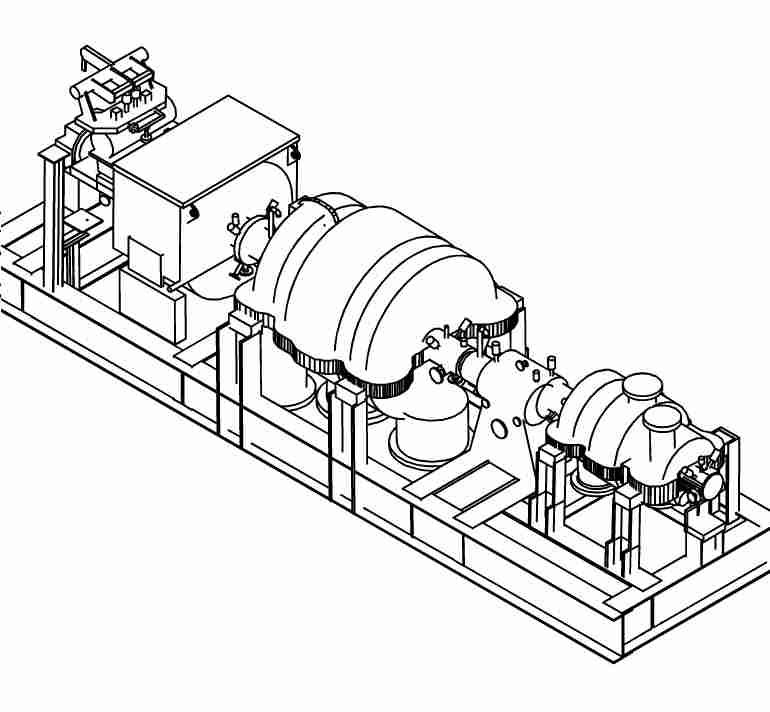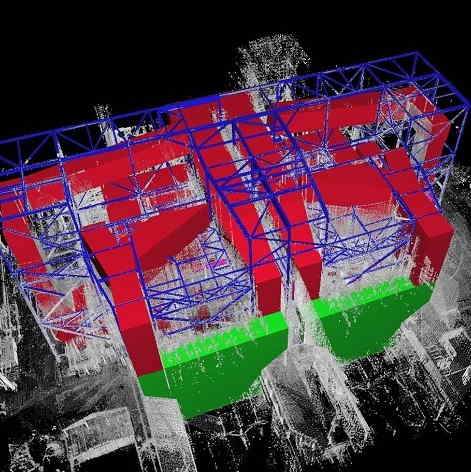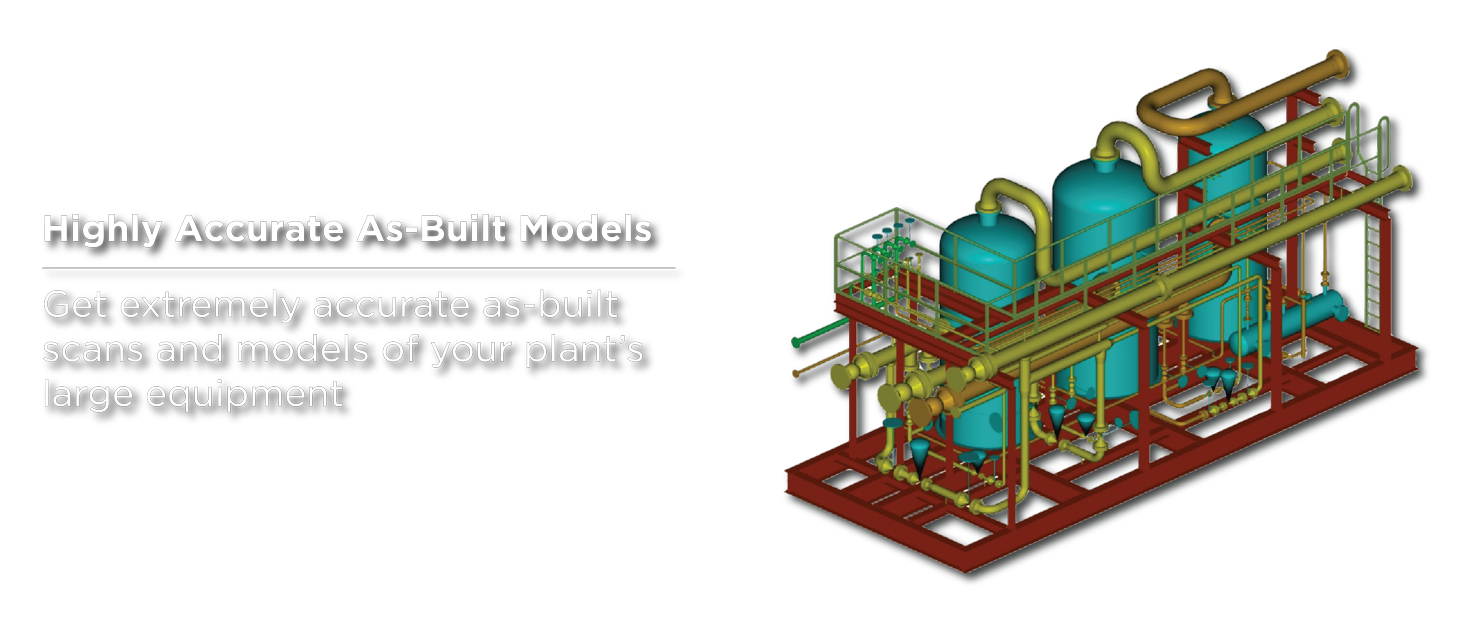

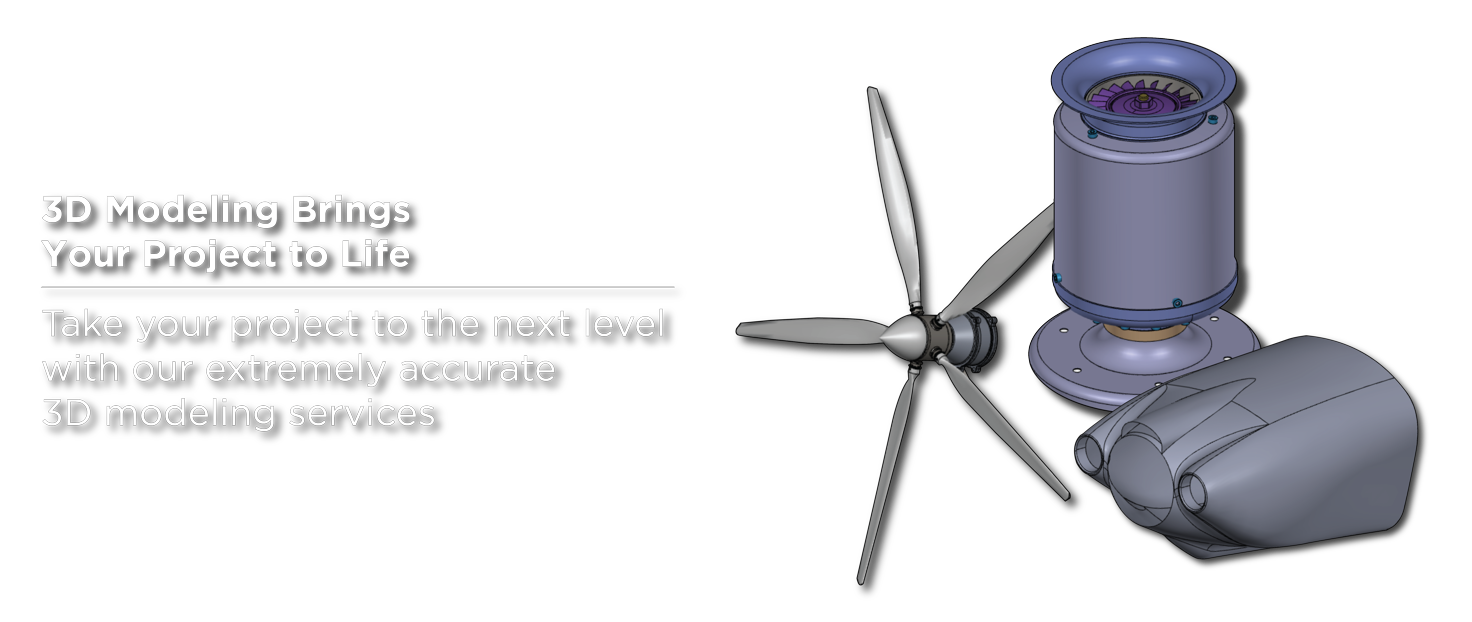
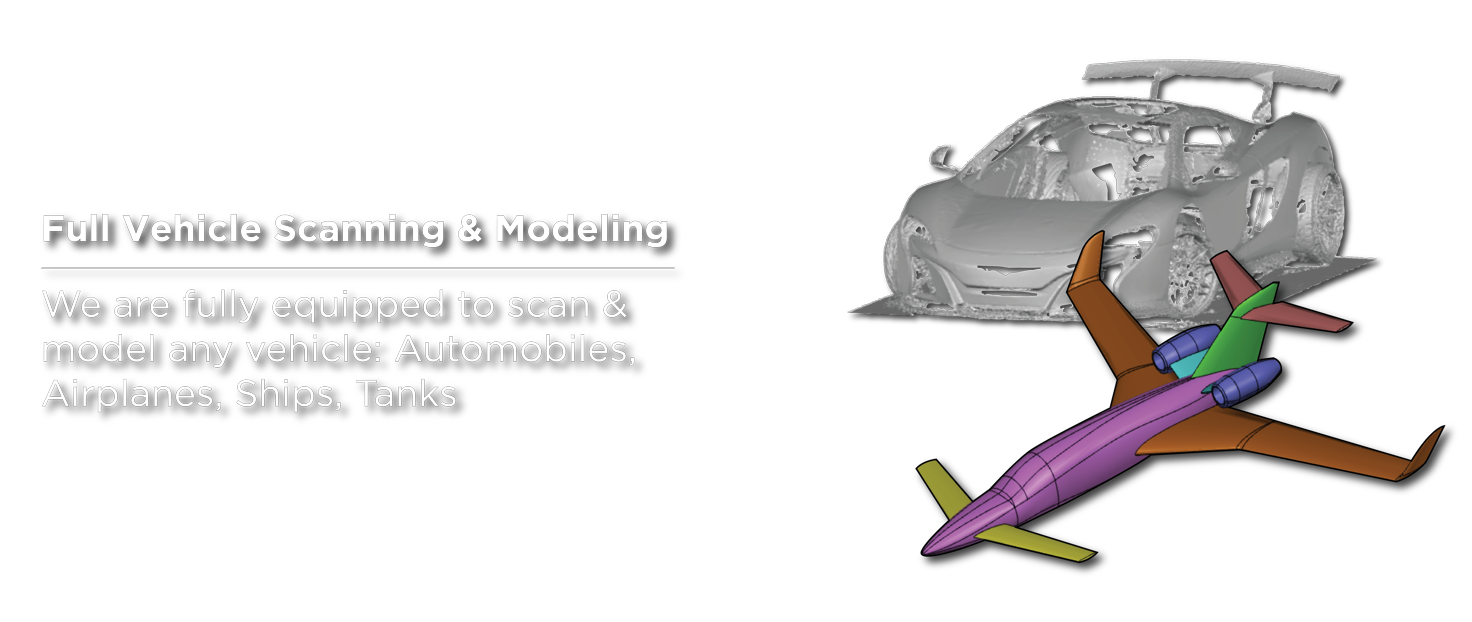
3d cad services
get 3d CAD files you can actually use
Are you needing a 3D cad model or drawing of your part? Our expert CAD modeling team can lighten your load with fast, affordable 3D cad services. Whether you require generic files such as STP, IGES, X_T or DWG, or more software-specific files such as PTC Creo, Solidworks, Inventor or Revit, we have got a solution for you.
get accurate 3d cad models from a scan of your part
CAD models and drawings are the universal currency of ideas and are the industry standard for any kind of manufacturing. How else are you going to communicate your specifications to a manufacturer? We treat your CAD models with utmost care, making sure they are as accurate as possible, for we know that within them could contain the next big idea that could mean everything to you and your company.
With a CAD model you can:
- Create prototypes using 3D printing
- Analyze your design for strengths and weaknesses
- Get your part cut on a waterjet or laser machine
- Machine your part out of metal using a CNC late or mill
- Give your design to welder or fabricator
- Get parts made by a foundry or casting company
- Get the part injection molded
- Shop around for quotes to get the best price
- Analyze a competitor’s product
- Make a change to to improve a part
- Re-model a living or office space
- Make sure two things fit together
- Calculate volume, surface area or weight
- Create realistic 3D visualizations
- Simulate different modes of failure
- And many more!
Get A Free Quote
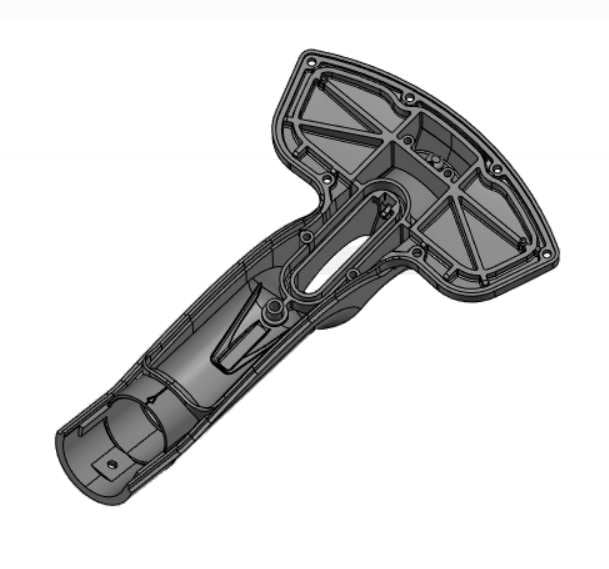
What do you need to get a 3D CAD model?
Since we are a scanning company, the obvious and best way for us to get you a CAD model is to start with the part itself. You can ship it to us, or we can come to you and scan it in place. If it is a building, outside area or industrial space that you are needing a model of, we have people ready and willing to come onsite and safely perform the scan. But that isn’t the only way. We can create a 3D CAD model from your 2D drawing as well. There may be other ways but those are the main two. ade prototype, we can scan it to create the STL file.
How much time does it take?
Most small projects can be completed in 3-5 days. Even models with moderate complexity can usually be turned around in 5-7 business days. Highly complex or extensive models may require multiple weeks, but we have the resources and the know how to tackle projects of any size.
3D CAD Modeling Options
There are many choices to make that will help you get the most out of your money spent for 3D CAD services:
or is it just for display purposes?
Based on your requirements, we can recommend the best CAD modeling approach to achieve your goals in an economical way.
If you are able to do your own CAD work and just need a little help or a head start, we can do as much or as little as you need and are more than happy to hand it over to you to finish.
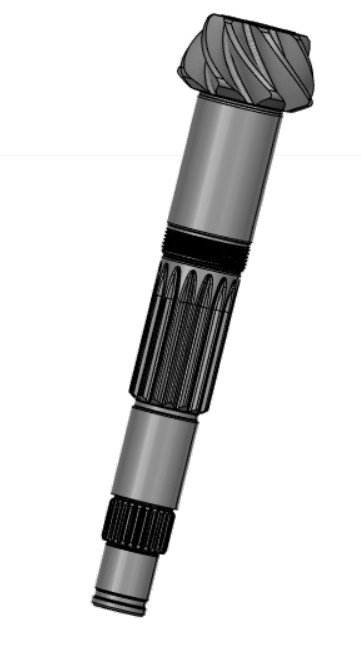
3d CAD Services gallery
Here are some examples of CAD files we have created:
Download a sample CAD model to test them out for yourself.
Join the new industrial revolution in America and utilize 3D CAD technology to create new products and opportunities. We look forward to learning about your project and giving you a competitive advantage using 3D technology such as 3D CAD services.
what is 3d cad modeling?
3D CAD modeling, sometimes referred to as digital modeling, is a technique that’s used to create a 3D representation of any surface or object. Utilizing 3D CAD software such as Cinema 4D, 3DS Max, Maya, Blender, etc. a designer will manipulate points within virtual space (called vertices). This helps them form a mesh, which is a group of vertices that create an object.
3D models are used for a myriad of mediums including movies, illustration, video games, architecture, commercial advertising, and engineering. The 3D modeling process creates a digital object that’s capable of becoming fully animated, making it an important process for special effects and character animation.
Companies like Nvidia have pioneered processing capability via Graphics Processing Units (GPU’s) while companies like Autodesk have developed ever more capable 3D Design software suites. Today, Computer Aided Design (CAD) power is incredible in that virtually every aspect of design as it relates to real world requirements including complex packaging design, stress & strain analysis, material selection and a host of additional functionality is entirely integrated into CAD capabilities. Additional advantages to CAD include the ability to integrate design changes, and the ensuing effects upon related components, directly into master design files. Such capabilities have transformed the relationship between design & manufacturing such that simultaneous design & engineering development became viable, speeding product development times and hence, reducing time to market. Additional features of 3D modeling are easily generated Design Intent renderings & Animation, usefully utilized for myriad applications. The wide variety of CAD 3D design files are able to be exported into multiple formats for use in 3D realization processes.
To date, 3D CAD modeling has remained a somewhat complex process. Sophisticated products like automobiles, containing high numbers of components and sub-assemblies, require intensive development from a wide scope of disciplines. While computers, CAD design software and highly skilled operators have significantly reduced development time, the products themselves remain complex and the software required to execute requires years of experience to operate effectively. Today 3D modeling is seeing additional truly great advancements in the form of intuitive modeling developments via Software enhancements, Virtual & Augmented reality modeling and Generative modeling.
3d cad modeling history
3D CAD modeling evolved out of the third industrial revolution wherein rapid development of computer processing power led to the ability to transfer 2D design intent data from 2D blueprints into 3D, and fully interactive, X,Y & Z formats.
Developed for the first time in the 1960s by the creator of Sketchpad, Ivan Sutherland, 3D modeling can be simply defined as the process of creating a three-dimensional digital visual representation of an actual object using specialized computer software. Like a physical model, the design intent can be rotated, flipped, exploded, or manipulated in all sorts of ways on the screen.
3D CAD modeling has been used for decades to help create software, art, and technological improvements within their respective fields. Due to all of this, the 3D CAD modeling industry is expected to achieve up to 16.6 Billion USD within the year 2020. There are currently many different software vendors selling 3D CAD applications for purchase.
3d modeling types
3D models can be created via several approaches such as algorithm-based modeling, manual modeling, or scanning. Texture mapping enables a more representative model for rendering & presentation. 3D models can be divided into three primary types:
Mesh 3d models
A mesh is simply a collection of vertices that define a three dimensional object. A polygon mesh, consists of a collection of vertices and polygons, usually triangles, that define the shape of an object in 3D. Mesh modeling enables freeform sculpting, creasing, and smoothing capabilities. Reality capture, a newer process, creates accurate 3D models from point clouds, collections of 3D coordinates that define the shape of a physical system.
Wire-frame 3d models
This type of model represents important development information, however these models are primarily constructed from a combination of lines & arcs and lack surface data, hence the the term, “Wire Frame”. Wireframe modeling is useful for initial design iterations and as reference geometry, serving as a 3D framework for subsequent modeling or modification.
surface 3d models (aka freeform surface models)
Surface models are comprised of surfaces which can be rendered with textures and a full library of finishes, making these models very flexible in terms of the designers vision and very persuasive in terms of a client’s comprehension. Surface models curves (splines) are used to define the surface area and surfaces are “swept” or “lofted” between the curves, then they are trimmed and merged to make a solid. Surface geometry can be highly complex and enables precise manipulation and analysis. Surfaces are translucent or opaque and are are easily modified and updated and can be rendered impressively.
solid 3d models (parametric modeling)
Solid 3D models are the most computationally demanding of modeling types. While visually similar to surface models, 3D solid models can incorporate more data than previous types including weight, material densities, center of gravity, and stress & strain elements. Parametric modeling maintains the relationship & history of part development, and a change anywhere along that process will update the model at every level. For these reasons, solid models are most commonly used in engineering applications.
It is easy to visualize these modeling types with respect to a simple cube:
3D CAD models can also be broken into types based on their intent. For example, design-intent vs. as-built modeling. The method of by which they are created, such as using an automatic surfacing algorithm (aka “autosurface”) vs geometry-oriented CAD techniques is another way to categorize types of 3D CAD models.
photorealistic rendering & animation
CAD models can be rendered & animated, via appropriate software, with increasingly real world realistic results. Dependent upon the model file size and processing power, rendering & animation can be very time consuming but is a very compelling tool in respect of communicating design intent.
3D cad modeling applications
3D Modeling is employed in any industry in which design & development occur with intent to realize 3D proposals & production. 3D modeling enables complex problem solving and resolution. Additionally, 3D examination via a 2D monitor and, increasingly 3D examination via virtual & augmented reality. The engineering benefits of 3D modeling are immense, with complex engineering requirements being resolved very rapidly with zero error. When exported to prototyping processes such as 3D Printing (Additive manufacturing), prototypes of precise design intent are rapidly generated.
3D cad modeling future
virtual reality
Virtual reality (VR) is a form of computer-generated reality. Via the use of a headset in which primarily the senses of vision and hearing are stimulated, the user is immersed into what appears to be a reality. When combined with physical props like placing the user into a car or an aircraft interior mock up, the user combines the images & sounds that the headset delivers, which are then reinforced by physical touch to create a deeply immersive, and convincing experience. This technology is especially useful for designers, from automotive to city planning, because this technology assists greatly in enhancing spacial awareness and resolution. Virtual reality utilizes coding language known as VRML (Virtual Reality Modeling Language).
augmented reality
Augmented Reality (AR) layers computer generated modifications upon our existing environment such as digital models, images, graphics in such a way as to enable us to interact with it. Augmented reality is being developed for mobile devices such as laptops, smart phones, and tablets to change how we see the real world via digital images & graphics.
generative design
“Explicit” design is the process by which a designer achieves “Design Intent” by manually manipulating a computer & software in order to realize a vision. Design intent then sees multiple changes as a result of the need to make the design viable via intended manufacturing processes.
In contrast, generative design starts with “Design Intent”, then generates multiple solutions to fulfill that objective. This is made possible by linking the computing power of thousands or even millions of processors in the cloud, coordinated by the software’s unique algorithm. In this case, the computer requires set parameters such as dimensions & weight or spatial requirements, materials, manufacturing methods, and cost constraints. The software then explores multiple possible solutions, very rapidly, while testing & learning from each possible outcome.
In the time it takes a human to generate a design proposal, a computer might generate thousands, as well as all of the data necessary reinforce which design meets criteria most effectively. Generative design creates interesting and unique solutions to criteria, as well as internal lattices which would be impossible to manufacture other than by 3D Printing (Additive Manufacturing).
Generative design is already seeing application in product development, most notably in industries that will most benefit including the aerospace & automotive industries where light-weighting, strength, environmental impact, and safety are paramount competitive considerations.
generative design Example
The following image shows three design prototypes for a component to support cables in an outdoor lighting system by engineering firm Arup. The component at the left is a metre (39 inches) tall and fabricated from stainless steel by cutting & drilling sections, which are then welded together. The work is done largely by hand and is problematic since this is just one of 1,200 brackets needed for the project, each of which are different.
The design in the middle is a “generative” design created by computer software which uses algorithm’s within set parameters to redesign the component, in this case, with a 40% reduction in weight.
The design on the right is a “generative” design created by computer software which is the outcome of asking the computer to redesign the component in terms of both strength & weight. It’s now unrecognizable from the original but it’s 75% lighter & equally strong whilst performing the same function.

intuitive computer design
As previously discussed in “Next steps.. Intuitive response”, we will inevitably see the development of powerful Artificial Intelligence (AI) in the years to come. Most experts believe AGI is possible however, even optimistic experts believe AGI, let alone ASI, requires decades more research, perhaps even centuries.
General AI will revolutionize our lives, and our interactions with computers, including Design related activities. At this time, the design interface between humans and computers will become truly gestural, reminiscent of Van Gogh, his oils & his canvas.


